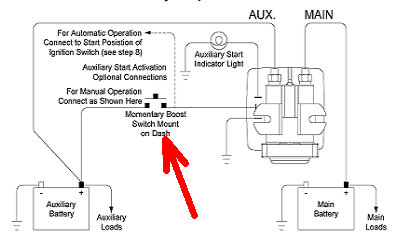serge9898
Member
I installed an Eaton Sure Power Battery Separator: 1315-200 (DC-DC Charger*) on my van.
When driving, the "relay" opens as planned and the main starter battery charges the secondary (house) battery (Renogy AGM 200Ah), but the charging current is low about 60W. (12V, ~5A).
I do have a Renogy shunt Battery monitor to check the current.
This is very low current... It would take 20 hours to charge the battery from 50% to full... Is this normal?
Does this product has a regulator that limits the current? How to solve this issue and get a higher current?
I wish I could charge the battery faster when driving. I know the alternator is not charging directly.
(I have a 60 Amp Circuit Breaker: Eaton Hi-Amp Buss CB181F-60)
Thanks
Serge
*Actually not a DC-CD charger. Just a battery Isolator (separator)
When driving, the "relay" opens as planned and the main starter battery charges the secondary (house) battery (Renogy AGM 200Ah), but the charging current is low about 60W. (12V, ~5A).
I do have a Renogy shunt Battery monitor to check the current.
This is very low current... It would take 20 hours to charge the battery from 50% to full... Is this normal?
Does this product has a regulator that limits the current? How to solve this issue and get a higher current?
I wish I could charge the battery faster when driving. I know the alternator is not charging directly.
(I have a 60 Amp Circuit Breaker: Eaton Hi-Amp Buss CB181F-60)
Thanks
Serge
*Actually not a DC-CD charger. Just a battery Isolator (separator)


